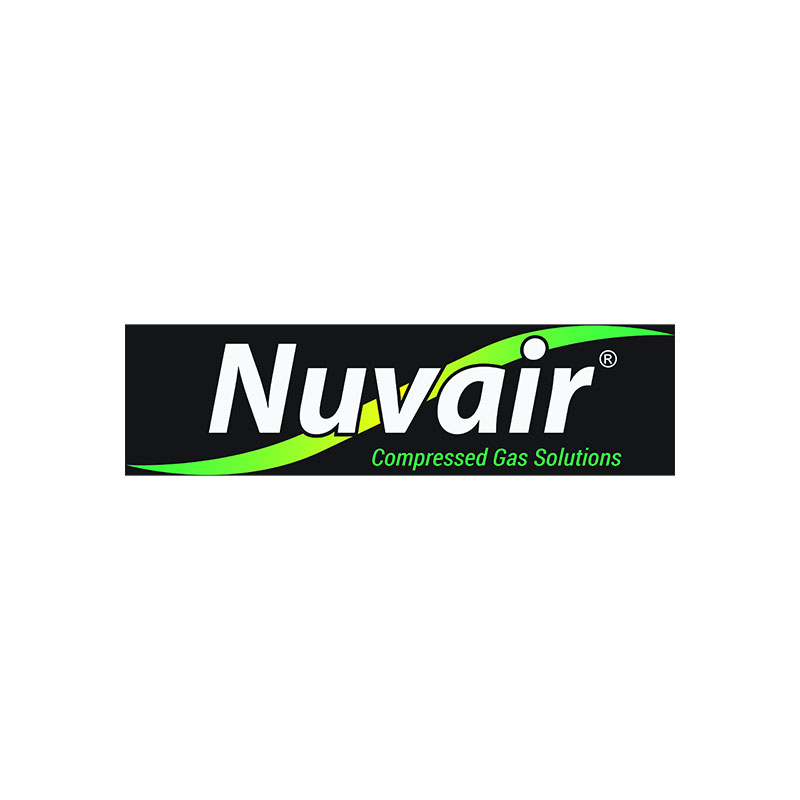Instead of dumping straight from the tank into the bag, I have an air-gun which attaches to a BCD hose in my save-a-dive-kit. That requires attaching some regulators of course, but maybe more reliable and less annoying than trying to control a bag and a tank-valve.
I have two CO detectors/alarms in my home; the wall-mounted ones are pretty cheap, around $30. I had just assumed those wouldn't really work for scuba.
As far as the once-per-day checks, I decided to do 2-minutes of research and discovered you can get an inline model for about $500. Now, $500 might be a lot for an individual scuba-diver, but for fill-station that is CHEAP! Much better than demanding your potentially unreliable employees to check the CO 1-2x per day, which they'll probably skip. I retract my once-per-day idea as pretty silly.
The Nuvair Pro CO Alarm panel mount analyzer is designed for installation on a control panel or other flat surface for flush mounting. The analyzer connects in-line to high- or low-pressure compressors for continuous monitoring of carbon monoxide contaminants in the system. Equipped with audible...

nuvair.com




